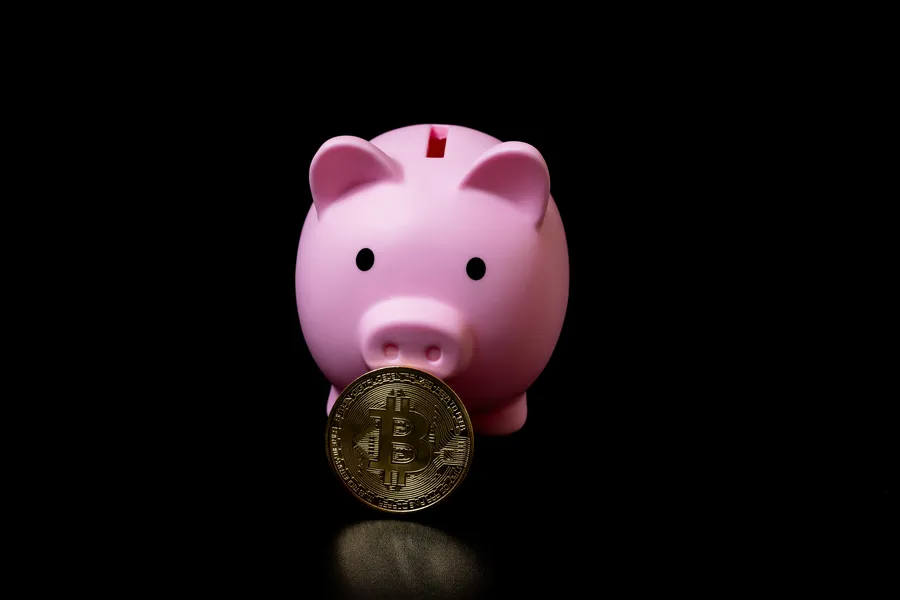What is Binance Chain Wallet? – Binance Chain Wallet, Binance Smart Chain, Security

Title: Binance Chain Wallet: A Double-Edged Sword in the World of Crypto Security
Introduction: Welcome to My World of Cryptic Reality
Greetings, fellow crypto enthusiasts. I’m Valerii Wilson, a seasoned crypto security expert and smart contract auditor with over a decade under my belt. Today, we’re diving into the world of Binance Chain Wallet. Let me warn you upfront: this isn’t a sugar-coated introductory guide. No fluff here; only hard-earned lessons from the trenches of crypto security.
I’ve seen hacks so audacious they made my blood run cold, bugs that would make even the most seasoned coders shake their heads in disbelief, NFT scams more convoluted than a labyrinth, and key leaks that were downright negligent. I share this wisdom not to brag but to help you understand what I’ve learned about the Binance Chain Wallet and the intricacies of crypto security.
The Dual Nature of Binance Chain Wallet: A Blend of Convenience and Risk
Let’s start with the basics. The Binance Chain Wallet is a software wallet designed for users to interact with the Binance Chain and Binance Smart Chain (BSC) ecosystem. It offers convenience by allowing seamless management of your digital assets, staking capabilities, and support for various blockchain networks, including Ethereum.
But here’s the catch: like any tool in our arsenal, it comes with its own set of risks. A few years ago, I recall a major NFT scam involving the BSC where attackers stole over $2.5 million from users through a phony NFT marketplace. The scammers were able to exploit vulnerabilities in the smart contracts of the legitimate marketplace.
A word of advice: don’t let the “Chain” part fool you into thinking it’s all rainbows and unicorns. In reality, it can be more akin to walking on a tightrope without a safety net.
Understanding the Risks: A Deep Dive Into the Crypto Wild West
So how does one stay safe in this Wild West of crypto? Let’s look at some of the most common risks associated with using the Binance Chain Wallet:
Phishing attacks: Remember that phony NFT marketplace I mentioned earlier? That was a classic example of a phishing attack. Cybercriminals often create replicas of legitimate websites or apps to trick unsuspecting users into revealing their private keys, seed phrases, or other sensitive information.
Malware: Just like how you’d be wary of accepting an unknown package from a stranger on the street, treat any suspicious downloads or files with similar caution. Malware can compromise your device and give attackers access to your wallet, making it easier for them to steal your assets.
Smart contract vulnerabilities: As we saw in the NFT scam example, smart contracts are only as secure as their code. A single error can lead to catastrophic consequences – imagine a bank robber being let back into the vault after leaving because the lock malfunctioned!
Key leaks: Yes, even seasoned professionals can make mistakes. I’ve seen numerous cases where users have accidentally exposed their private keys or seed phrases on social media or forums, making it child’s play for attackers to steal their assets.
The Art of Crypto Security: Staying Safe in the Binance Chain Wallet Wilderness
Now that we’ve identified the risks let’s discuss how you can mitigate them:
Educate yourself: Understand the potential threats and learn best practices for securing your assets. Stay updated on the latest scams and vulnerabilities in the crypto space, so you’re prepared to recognize and avoid them.
Use strong passphrases and keep them private: Your seed phrase is the key to your digital kingdom; treat it accordingly. Use a combination of words and avoid using dictionary phrases or sequential numbers. Store it safely offline and never share it with anyone, including customer support teams claiming otherwise!
Employ multi-factor authentication (MFA): This adds an extra layer of security to your wallet by requiring a second form of identification beyond the typical username and password combination.
Keep your software up-to-date: Regularly update your Binance Chain Wallet app, as developers frequently release patches for known vulnerabilities and bugs.
Audit smart contracts: If you’re dealing with decentralized applications (dApps) on the BSC ecosystem that involve smart contracts, have them audited by reputable security experts before interacting with them.
Don’t rush into opportunities that seem too good to be true: If an NFT deal seems like a once-in-a-lifetime opportunity, chances are it might be a scam. Trust your instincts and do your due diligence before clicking that “Buy Now” button.
Conclusion: A Journey Through the Binance Chain Wallet Jungle
In the end, using the Binance Chain Wallet is much like navigating through a dense jungle teeming with exotic creatures and hidden dangers. But just as explorers must learn to recognize poisonous snakes and edible berries, so too must you become adept at spotting potential threats in the crypto wilderness.
By staying vigilant, informed, and cautious, you can safely traverse this fascinating but treacherous landscape – after all, adventure wouldn’t be much fun without a touch of danger, right? So grab your machete (metaphorical cybersecurity tools), and let’s venture forth into the world of Binance Chain Wallet.









